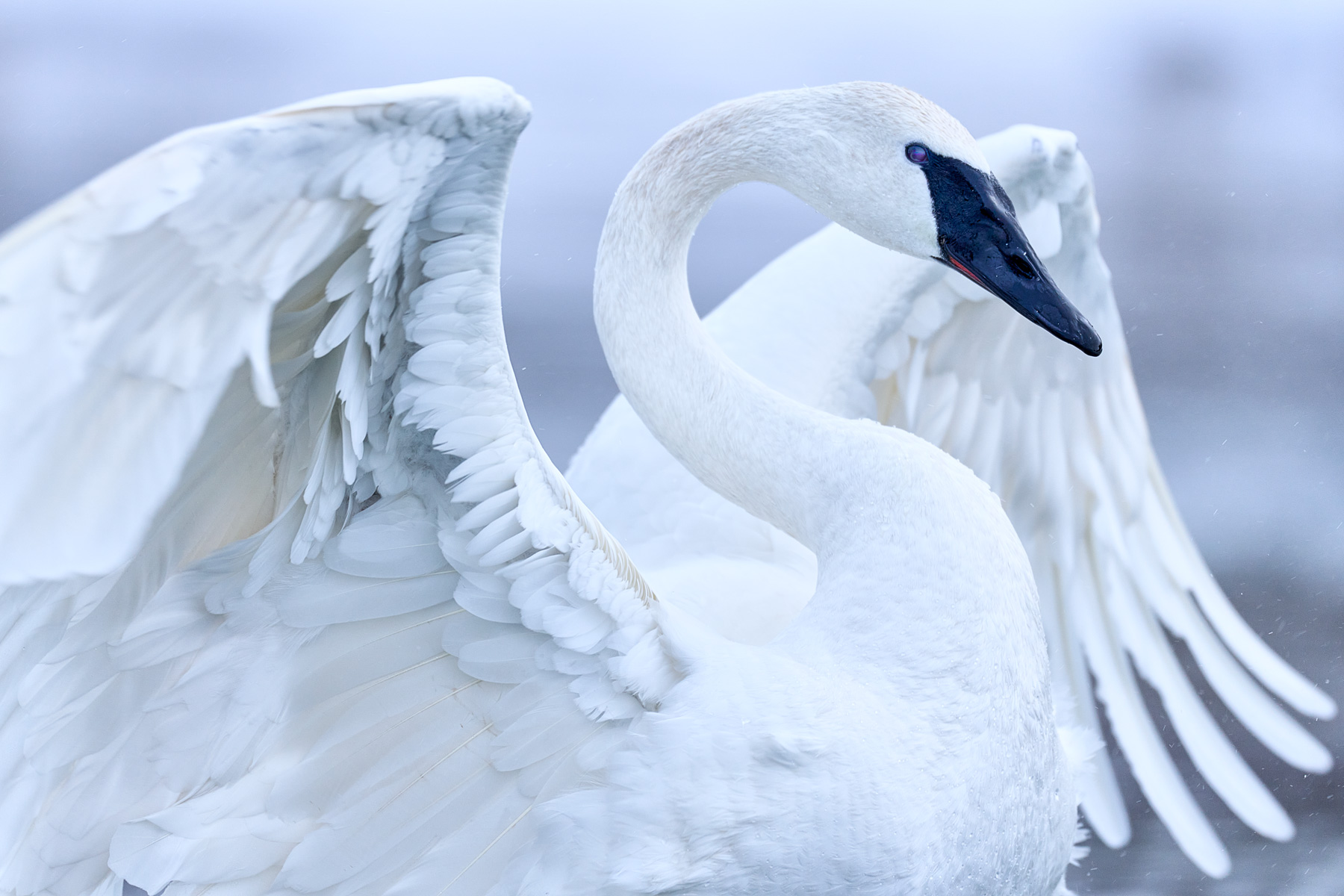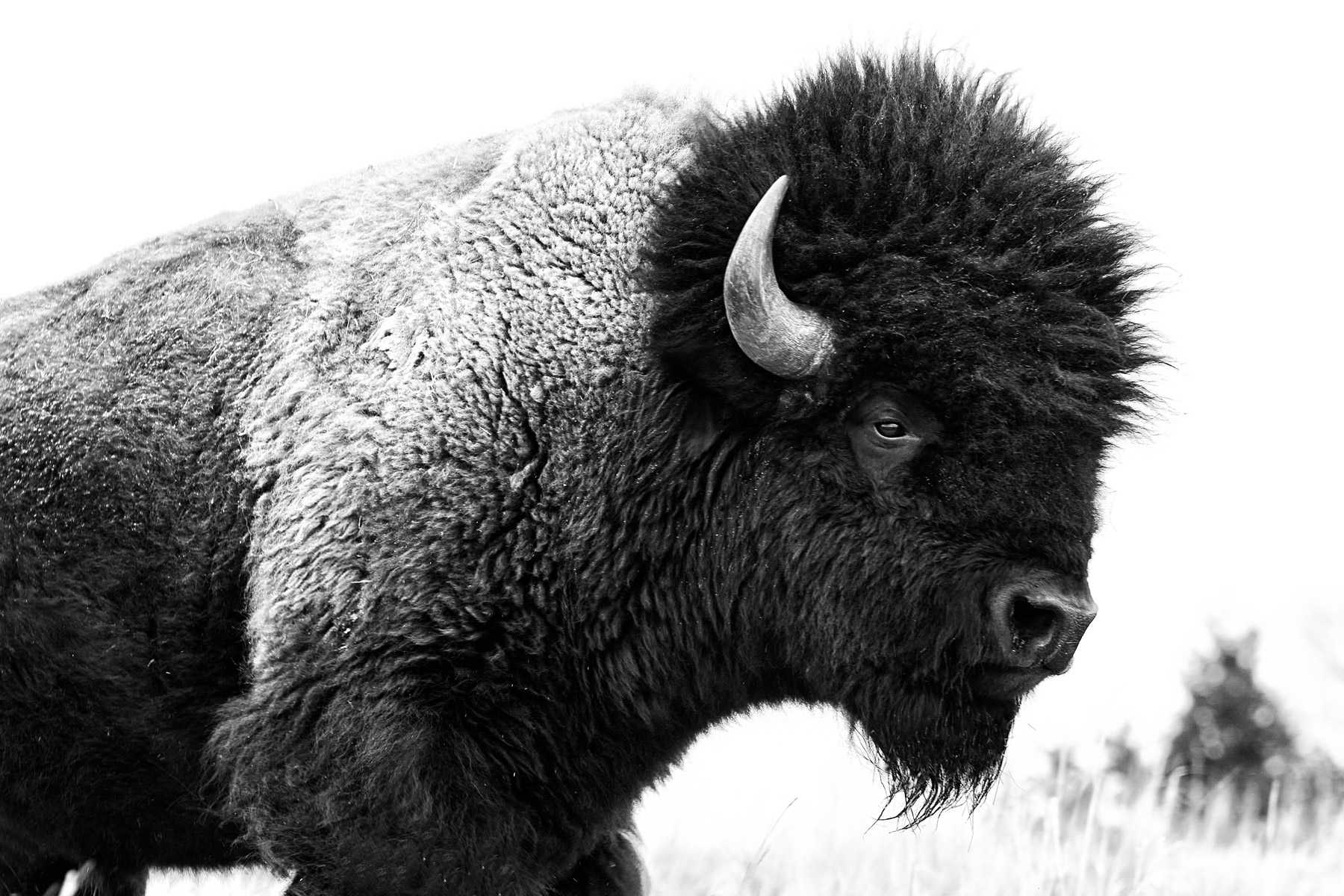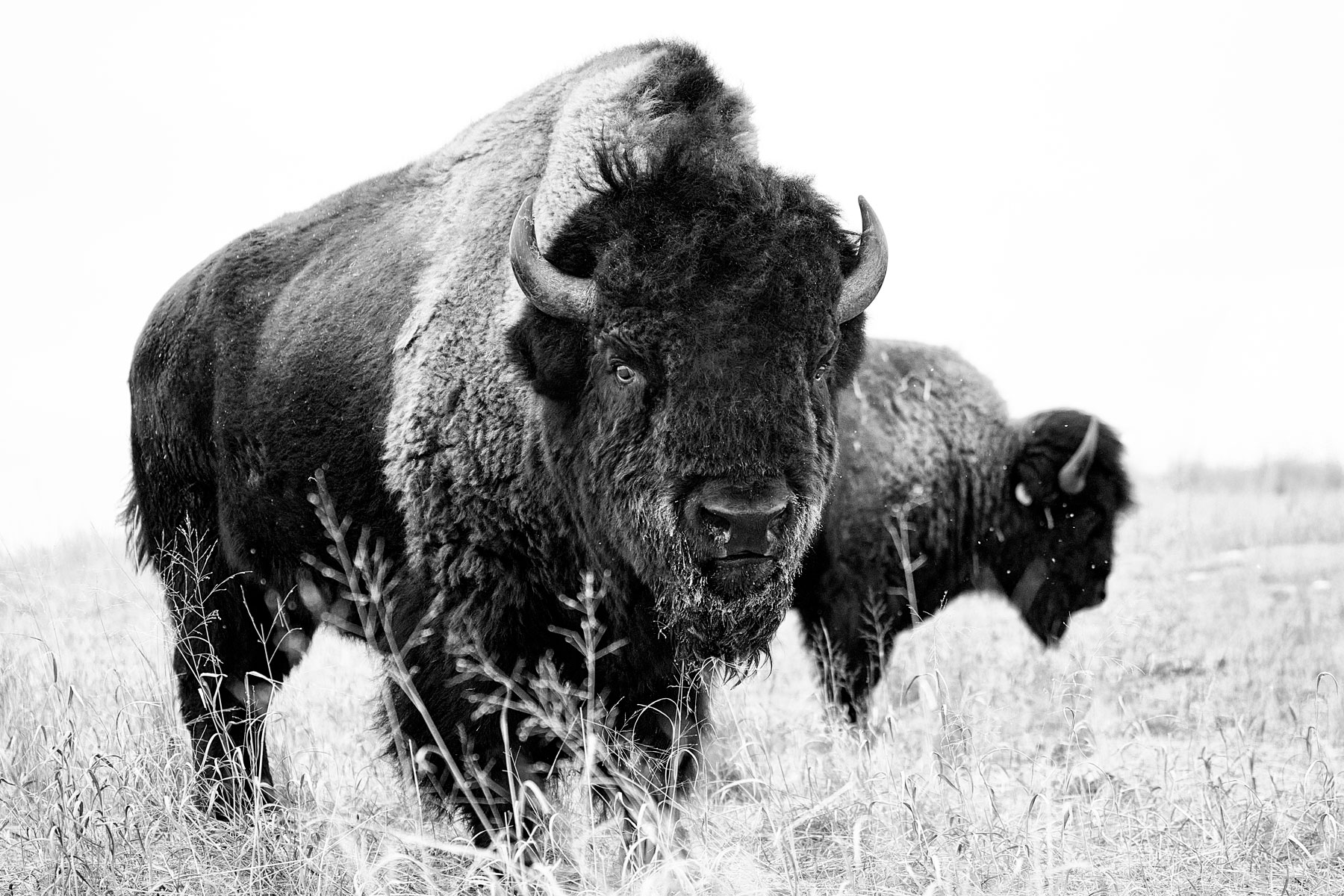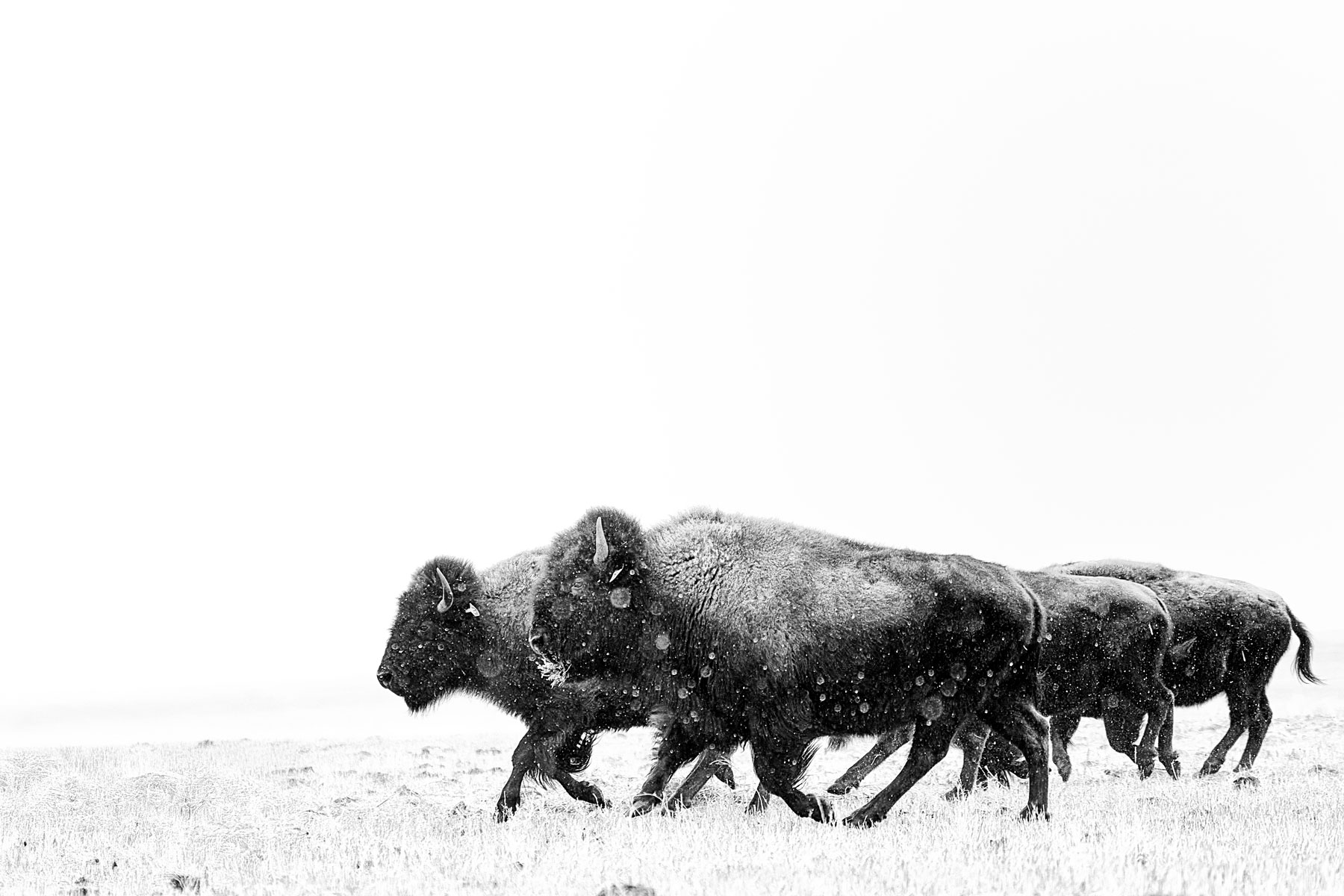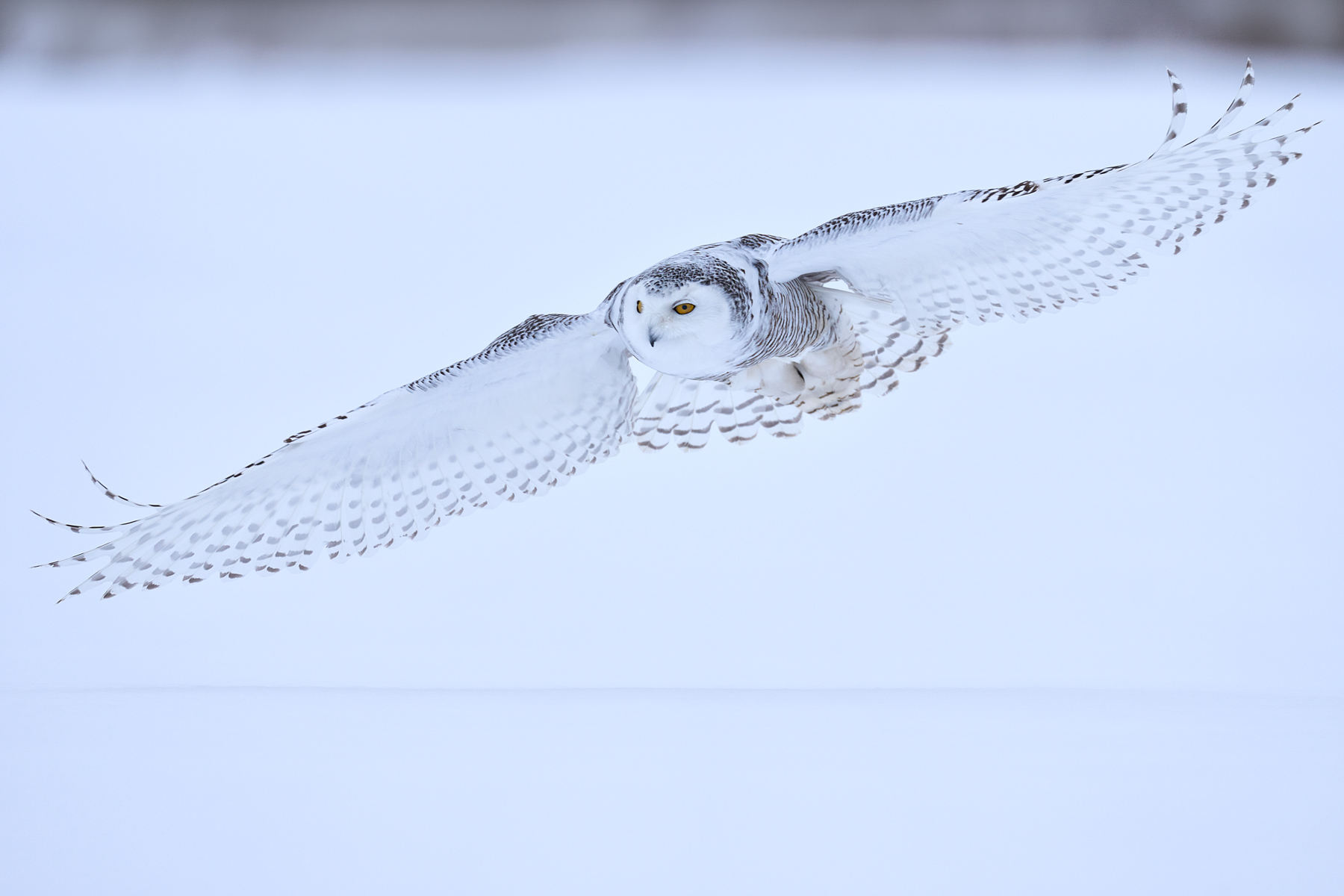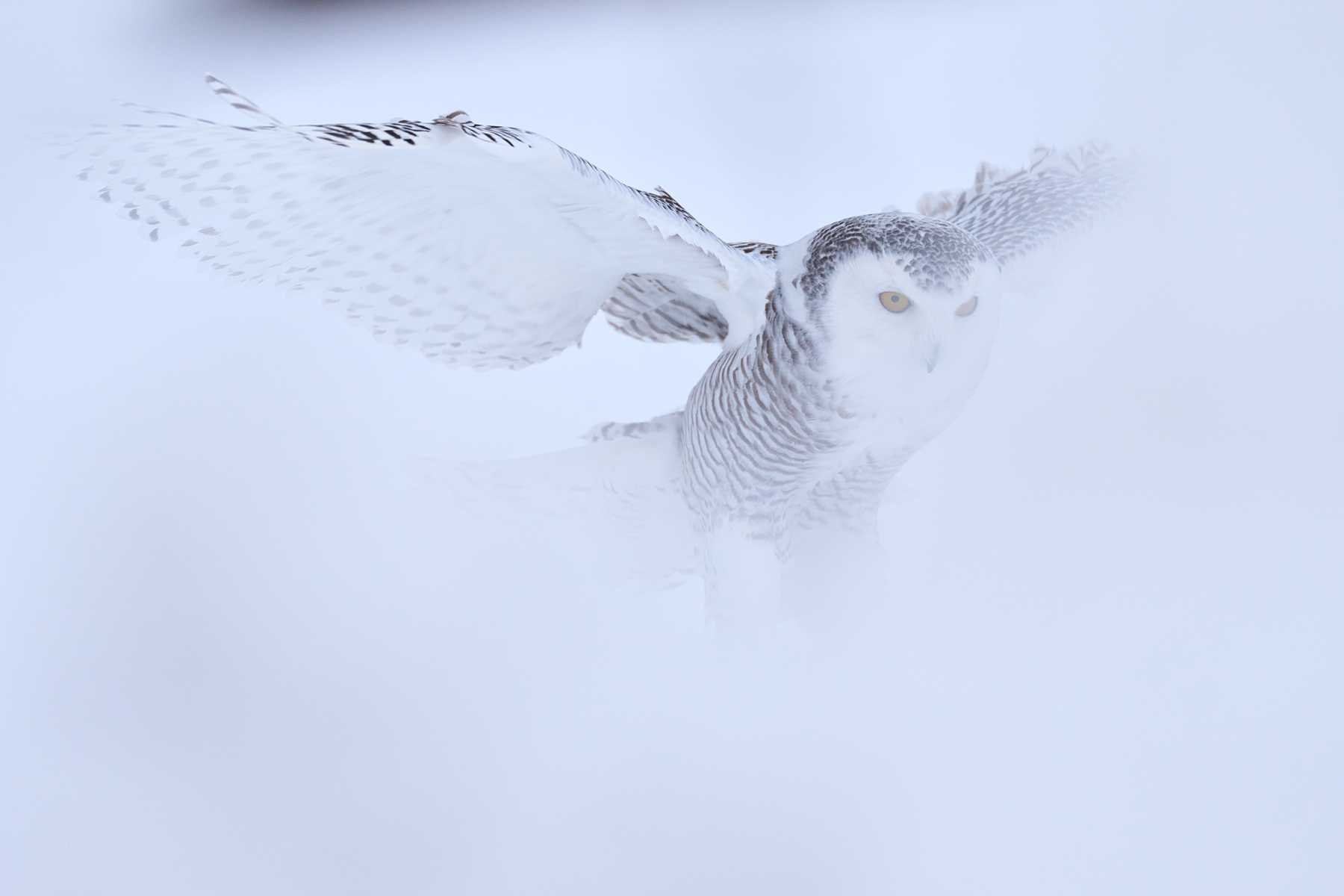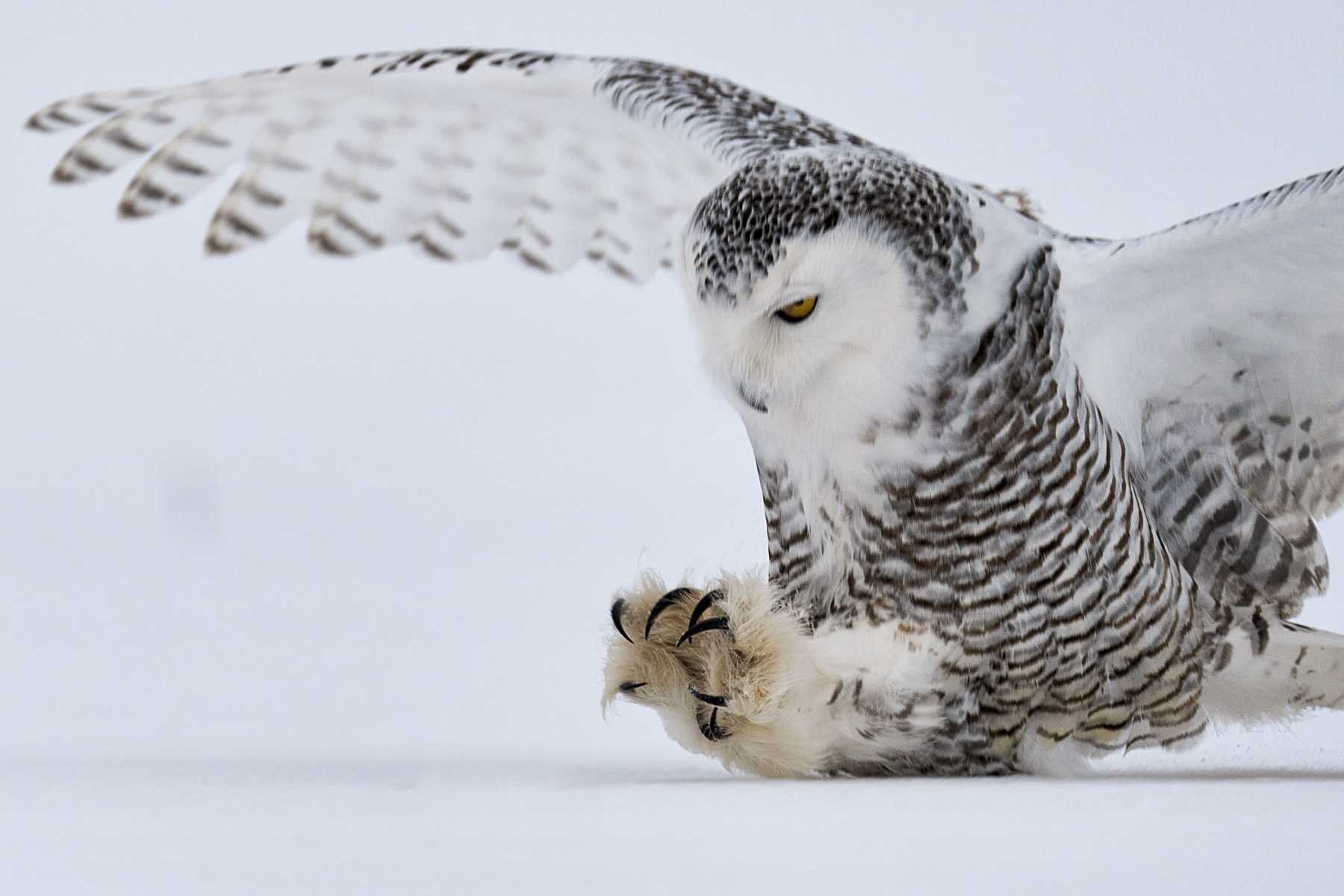Fine art photography is more than just capturing beautiful images; it’s about conveying emotion, storytelling, and turning fleeting moments into timeless pieces of art. Whether you’re a seasoned photographer or just beginning your journey, understanding the principles of fine art photography can elevate your work to the next level.
In this comprehensive guide, we will walk you through how to make fine art photography, offering insights into the techniques, creative processes, and unique approaches that can transform an ordinary photograph into something extraordinary.
The Allure of Fine Art Photography: Where Vision Meets Technique
Imagine standing before a beautifully framed photograph, its colors, textures, and composition drawing you in. Every element of the image seems carefully orchestrated to create a harmonious visual story. This is the essence of fine art photography: an art form that fuses technical expertise with artistic expression to create images that resonate with viewers on an emotional level.
Fine art photography isn’t just about capturing what’s in front of the lens; it’s about transforming a scene into a narrative, an emotion into a visual representation. To understand how to make fine art photography, one must first appreciate the delicate balance of technique and creativity that goes into creating these masterpieces.
Take, for example, the work of Ejaz Khan, a renowned photographer whose fine art photography has captivated audiences worldwide. Khan’s approach isn’t about simply snapping a picture; it’s about immersing himself in the moment, capturing a fleeting emotion, or telling a compelling story through his lens. His expertise lies in his ability to use lighting, texture, and composition to create evocative images that go beyond the ordinary.
Understanding Fine Art Photography: What Sets It Apart
Fine art photography is often seen as a departure from commercial or documentary photography. While other forms of photography may aim to document reality, fine art photography is rooted in the photographer’s artistic vision. It’s about expressing a personal interpretation of the world and evoking deep emotions through visual storytelling.
To understand how to make fine art photography, consider the three essential components that set it apart from other genres:
- Artistic Intent: Every fine art photograph is created with a specific vision in mind. The photographer’s goal is not just to document the subject but to convey an emotional message or narrative through the image. Whether it’s the subtle play of light and shadow or the contrast between textures, each element of the composition serves to enhance the storytelling.
- Composition: The way elements are arranged in a photograph is crucial in fine art photography. From the framing of the shot to the positioning of objects, every detail matters. A masterful use of negative space, perspective, and balance can turn a simple scene into a visually arresting work of art.
- Emotional Impact: Fine art photography isn’t just about aesthetics; it’s about creating an emotional connection with the viewer. A successful fine art photograph evokes a feeling, whether it’s awe, nostalgia, or contemplation. This emotional connection is what elevates the work from a mere photograph to a piece of art.
Ejaz Khan’s Approach: The Fusion of Technique and Emotion
Ejaz Khan’s fine art photography exemplifies how technique and emotion can intertwine to create something truly remarkable. His unique style is characterized by a keen attention to detail and a deep understanding of light. In his work, every photograph is a visual symphony, where light, shadow, and composition work in perfect harmony to convey a powerful narrative.
One of the hallmarks of Khan’s style is his ability to capture movement within a still frame. Whether it’s the graceful motion of a horse or the ethereal flow of a model’s gown, Khan’s photography brings a sense of life and vitality to the image. His photographs don’t just sit on the wall; they seem to come alive, telling stories that unfold with every glance.
Khan also excels in capturing intimate moments. His images often feature close-up portraits, where every wrinkle, every flicker of expression, tells a story of its own. These portraits transcend the realm of conventional photography; they become windows into the soul of the subject, making the viewer feel as though they’ve stepped into a moment frozen in time.
The Creative Process: How to Make Fine Art Photography Your Own
Creating fine art photography involves more than just pressing a button on your camera. It requires careful planning, a deep understanding of your subject, and the ability to see the world through a creative lens. Here’s a breakdown of the creative process:
1. Finding Inspiration
Before you can create a fine art photograph, you need to find inspiration. This could come from nature, human emotion, or even abstract concepts. For Khan, much of his inspiration comes from the natural world and its raw beauty, particularly when it comes to subjects like horses. For instance, his fine art horse photography captures not just the animal’s form but the grace and power that horses embody. Whether it’s the way the light hits their coat or the strength in their eyes, these moments are frozen in time through Khan’s artistry.
2. Crafting the Vision
Once you’ve found your inspiration, the next step is to craft your vision. What message do you want to convey through your photograph? How do you want the viewer to feel? This is where your artistic intent comes into play. Every aspect of the image—lighting, composition, and subject matter—should serve the narrative you want to tell.
3. Executing the Shot
Now comes the technical aspect of photography. Fine art photographers must master the technical aspects of their craft, including exposure, focus, and depth of field. The right lighting can make or break a shot, and understanding how to manipulate light is a key skill in fine art photography. Khan often uses dramatic lighting setups that highlight textures and create a sense of mood, adding depth to his work.
4. Post-Processing and Refining
Once the photograph is captured, post-processing is where the magic truly happens. Editing allows the photographer to refine the image, enhance colors, adjust contrast, and bring out the finer details that will make the photograph stand out. While post-processing is an essential part of the process, it should never overshadow the original artistic vision. For Khan, editing is a means to enhance his storytelling, not change the essence of the image.
Why People Are Drawn to Fine Art Photography
There’s something inherently captivating about fine art photography. It’s not just about capturing a moment; it’s about transforming that moment into something larger than life. People are drawn to fine art photography because it offers a unique way to connect with the world around them.
For many, fine art photographs evoke deep emotions, whether it’s the quiet serenity of a landscape or the powerful intensity of a portrait. These images serve as a reflection of the human experience, allowing viewers to engage with them on a personal level. Fine art photography also offers a sense of exclusivity, as each piece is often created with a level of artistry and craftsmanship that sets it apart from mass-produced prints.
In high-end art circles, fine art photography is seen as an investment. The rarity and uniqueness of each photograph make it a coveted item, and owning a piece of fine art photography is a way to bring beauty and culture into one’s home or business.
The Impact of Fine Art Photography in Design and Home Decor
Fine art photography has a significant impact on the design world. In high-end interior design, a carefully selected photograph can become the focal point of a room, setting the tone for the entire space. Whether it’s a stunning black-and-white portrait or a vibrant landscape, fine art photography can add sophistication and depth to any environment.
For example, a fine art photograph of a horse can bring an element of nature and grace to a contemporary home. The powerful image of a horse in motion can serve as a visual metaphor for strength and freedom, making it an ideal addition to a space that values elegance and dynamism. Similarly, a large-scale photograph of a serene landscape can create a peaceful, meditative atmosphere in a bedroom or office.
Elevate Your Space: Experience Ejaz Khan’s Fine Art Photography
If you’re looking to add a touch of sophistication and elegance to your home or business, there’s no better way to do so than by incorporating fine art photography into your decor. Ejaz Khan’s stunning collection of fine art photographs offers a diverse range of subjects, from portraits to nature, and each image tells a unique story.
Whether you’re drawn to the subtle textures of a landscape or the powerful presence of a portrait, Khan’s work has the ability to transform any space. Visit his gallery today to explore his portfolio and book a personalized shoot that will bring your artistic vision to life.




